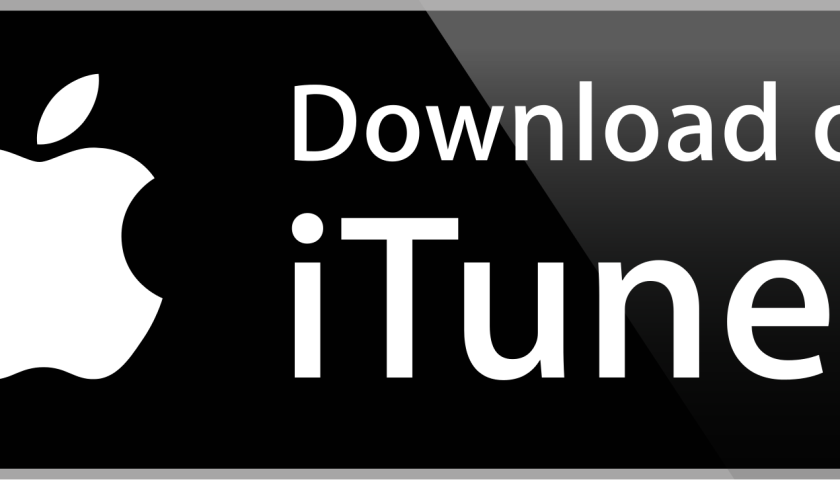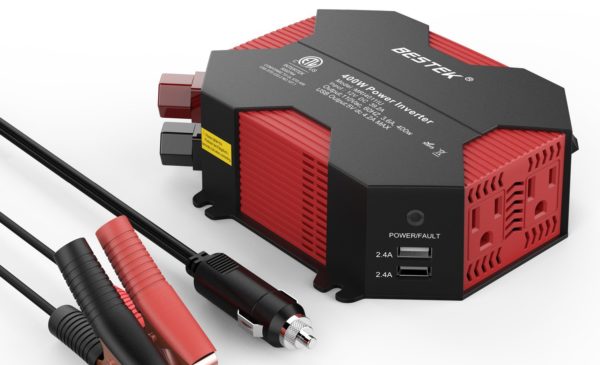iTunes Facts
iTunes is a digital media player application, developed by Apple Computer, for playing and organizing digital music and video files. The program is also the interface to manage the music on Apple’s popular iPod digital audio player. Additionally, iTunes can connect to the iTunes Music Store (sometimes referred to as “iTMS”) which allows users to purchase digital music and movie files that can be played by iPods and iTunes.
iTunes is compatible with computers running Mac OS X, Windows 2000, Windows XP, and Windows Server 2003 operating systems. The program was initially developed on Mac OS 9, but OS 9 support was discontinued with the release of iTunes 3; in addition, no version of iTunes has supported a non-NT based Windows release such as Windows 98 or Me.
iTunes has gained and maintained a reputation for being easy to use while still providing many features for obtaining, organizing, and playing music. The program is freely downloadable, bundled on all Mac computers, and supplied with Mac OS X as well as Apple’s iLife home-application suite.
iTunes Music Store
Version 4 of iTunes introduced the iTunes Music Store from which iTunes users can buy and download songs for use on a limited number of computers and an unlimited number of iPods. Songs purchased from the iTunes Music Store are copy protected with Apple’s FairPlay digital rights management (DRM) system. To date, over 500 million songs have been downloaded since the service first launched in April 2003.
Some complain that the tight integration of the iTunes Music Store with iTunes makes the sold music inaccessible to users who use operating systems other than Mac OS X or Microsoft Windows such as the Linux operating system, for which no version of iTunes is available.
These complaints have resulted in the development of a number of alternative player software as well as published hacks or workarounds that allow customers of the iTunes Music Store to use the audio software or operating system software of their choice. The most notable of these hacks is PyMusique, which Apple has made several unsuccessful attempts at blocking.
Others complain that their purchased music can only be easily played in iTunes or on an iPod (though they can “burn” the tracks to a compact disc). This has led to the development of software such as Hymn, which decrypts purchased music so that it can be played anywhere, or even shared.
There are currently iTunes stores available in the United States, United Kingdom, France, Germany, Austria, Belgium, Finland, Greece, Ireland, Italy, Luxembourg, the Netherlands, Portugal, Spain, Canada, Denmark, Norway, Sweden, Switzerland, Japan, and Australia.
iTunes Features
Users are able to organize their music into playlists, edit file information, record compact discs, copy files to a digital audio player, purchase music through its built-in music store, download podcasts, back up songs onto a CD or DVD, run a visualizer to display graphical effects in time to the music as well as encode music into a number of different audio formats.
iTunes Playlists
‘Smart playlists’ are playlists that can be set to automatically update (live updating), (like a database query) based on a customized list of selection criteria. Different criteria can be entered to control many aspects of the playlist.
Playlists can be played randomly or sequentially. The “randomness” of the shuffle algorithm can be biased for or against playing multiple tracks from the same album or artist in sequence (a new feature in iTunes 5.0). Party Shuffle can also be biased towards selecting tracks with a higher star rating.
The Party Shuffle playlist is intended as a simple DJing aid. By default, it selects tracks randomly from other playlists or the library; users can override the automatic selections by deleting tracks (iTunes will choose new ones to replace them) or by adding their own via drag-and-drop or contextual menu.
This allows a mixture of both preselected and random tracks in the same meta-playlist. The playlist Party Shuffle draws from can be changed on the fly; this will cause all randomly chosen tracks to disappear and be replaced.
iTunes Music library
iTunes stores metadata about the audio files in two files.
The first is a binary file called iTunes Library (iTunes x Music Library in previous versions) that uses its own music library format. This both caches information such as artist and genre from the audio format’s tag capabilities (for example the ID3 tag), and stores iTunes specific information such as playcount and rating.
The second file, called iTunes Music Library.xml, is refreshed whenever information in iTunes is changed. It uses XML format, allowing developers to easily write applications that can access the information (such as Apple’s own iDVD, iMovie, and iPhoto or Freshly Squeezed Software’s Rock Star).
This system prevents vendor lock-in as any changes to a track’s metadata except playcount, last played date, and rating, is stored in the audio file itself; with all information being available via the XML file.
iTunes Music Sharing
iTunes Library songs can be shared over a local network using Bonjour (formerly Rendezvous)—Apple’s implementation of the Zeroconf (zero configuration required) open network standard—which allows shared lists of songs within the same subnet to be automatically detected. When a song is shared, iTunes can stream the song but won’t save it on the local hard drive, in order to prevent copying. Songs in Protected AAC format can also be accessed but authentication is required.
Originally with iTunes 4.0, users could freely access shared music anywhere over the internet, in addition to one’s own subnet, by specifying IP addresses of remote shared song libraries. Apple quickly removed this feature with version 4.0.1, claiming that users were violating the EULA.
Music sharing uses the Digital Audio Access Protocol (DAAP), created by Apple for this purpose. DAAP has been reverse-engineered and is now used to stream playlists from non-Apple software.
Just days after the Windows version of iTunes was released, William Zeller, a 20-year-old Trinity College student, wrote myTunes, a program which allows Windows users to circumvent the iTunes restriction and download music from an iTunes shared playlist over a network. MyTunes quickly became popular and is now widely used.
There also exists a similar open source Java client, called ourTunes. Yet another approach is used by iSyncTunes. This application does not use DAAP and only depends on external interfaces to transfer music between computers. It transfers the songs, saves them on the local hard drive and creates a song list that can be imported into your local library.




